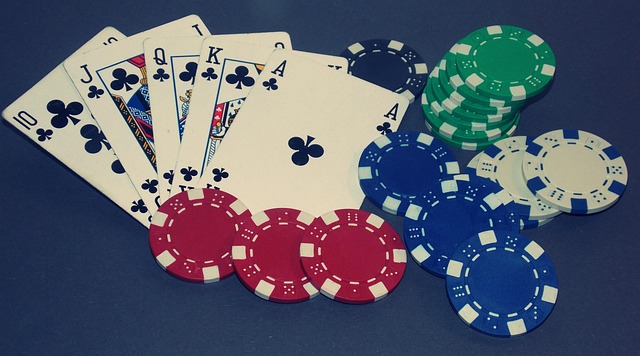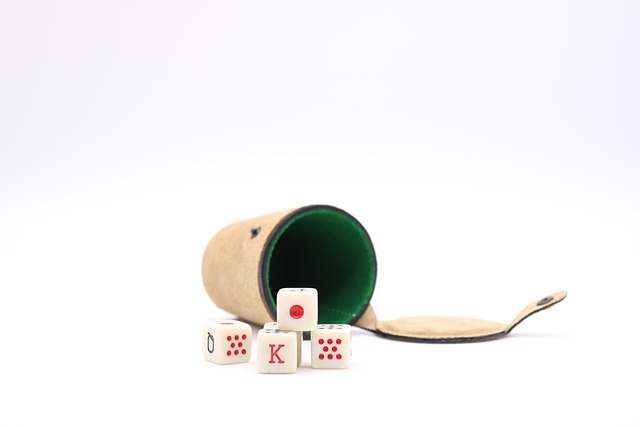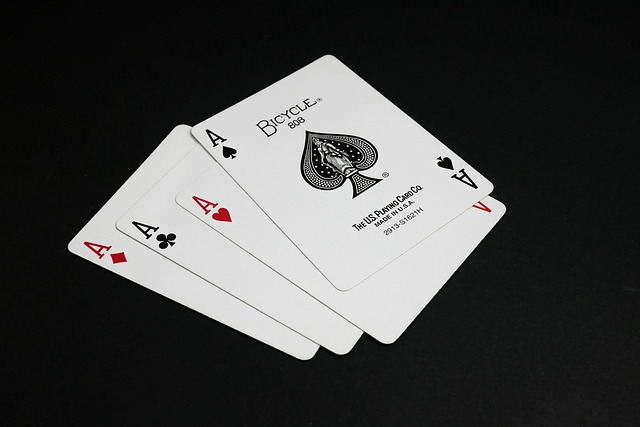Poker chips represent currency and betting power in poker games, with varying denominations allowing for strategic adaptability. Hand rankings from High Card to complex combinations like Straight Flush guide players' decisions to bet aggressively or fold. Calculating pot odds, reading opponents, and exhibiting strategic patience are key to developing a successful how to play poker strategy.
Poker is a captivating game that blends skill, strategy, and a bit of luck. To master it, you first need to grasp the fundamentals. This guide will walk you through the basic rules of poker, starting with understanding poker chips and betting basics. We’ll delve into hand rankings, from high card to royal flush, and share strategies for playing your hand successfully. By the end, you’ll be equipped with the knowledge needed to navigate any poker table—from novice to expert.
- Understanding Poker Chips and Betting Basics
- Hand Rankings: From High Card to Royal Flush
- Playing Your Hand: Strategies for Success
Understanding Poker Chips and Betting Basics

Poker chips are the fundamental units of currency in any poker game, serving as a visual representation of each player’s investment and betting power. Understanding how to handle and bet with these chips is crucial for anyone looking to learn How to Play Poker. The values of chips typically range from low denominations like $0.25 or $0.50 to higher ones such as $1, $5, or even $100, allowing players to adjust their strategies accordingly. During a game, players place bets using these chips, either by calling (matching the previous bet), raising (increasing the bet amount), or folding (abandoning the hand). The betting structure varies across poker variants but generally follows a clockwise order, with each player having the opportunity to act based on the cards in their hand.
Knowing when and how to bet is essential for strategic play. Beginners should focus on understanding the basics of fixed-limit or no-limit betting, where players can either call, raise, or fold. As they gain experience, they’ll learn to interpret their hand strength, assess the table dynamics, and make informed decisions based on these factors. This knowledge is vital for navigating various poker games and improving one’s skills in How to Play Poker effectively.
Hand Rankings: From High Card to Royal Flush

In poker, understanding hand rankings is crucial for any player looking to master how to play poker. The objective is to form a five-card hand that beats all others at the table. Hand rankings go from High Card (the highest individual card) to more complex combinations like Straight Flush, Four of a Kind, Full House, and so on. A Royal Flush, for instance, consists of Ace, King, Queen, Jack, and 10, all of the same suit, which is the highest possible hand.
Knowing these rankings allows players to make informed decisions about betting, folding, or raising. It’s a fundamental aspect of strategy in how to play poker, ensuring that you know when you have a winning hand or need to improve yours through the draw.
Playing Your Hand: Strategies for Success

Playing your hand effectively is a crucial aspect of learning how to play poker. It involves making strategic decisions based on the cards in your hand, the community cards on the table, and the actions of your opponents. One key strategy is understanding pot odds—the ratio of the size of the pot to the cost of calling a bet. This helps you determine if pursuing a draw is worth the risk. For instance, if you have a low pair early in the game and the pot is relatively small compared to the amount it would take to call, it might be better to fold than to invest more chips.
Another vital tactic is reading your opponents. Observe their betting patterns, body language, and tendencies. If someone is known for playing aggressively, they may bluff often. Conversely, a passive player could have a strong hand but is hesitant to bet high. Adjusting your strategy based on these reads can give you an edge at the table. Remember, in poker, patience is a virtue. Knowing when to fold and when to call is as important as knowing what hands to play aggressively in the first place.
Poker is a game of skill, strategy, and understanding. By grasping the fundamentals outlined in this guide—from chip values and betting to hand rankings and playing techniques—you’ll be well on your way to mastering the art of poker. Remember, practice makes perfect, so gather your friends or join an online table to test your skills and have fun while learning How to Play Poker.






